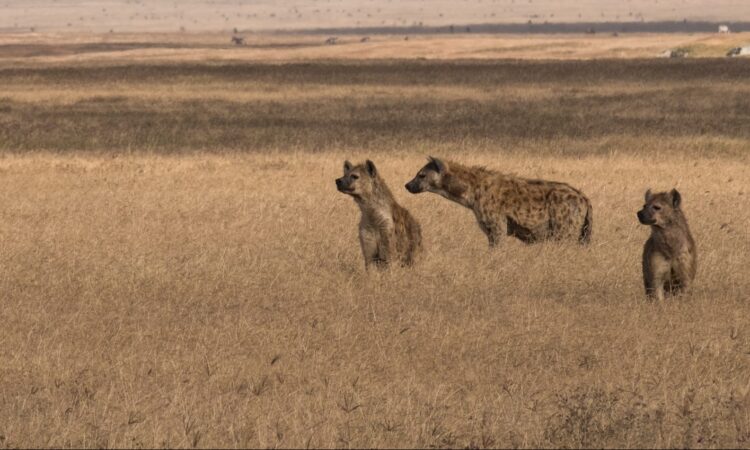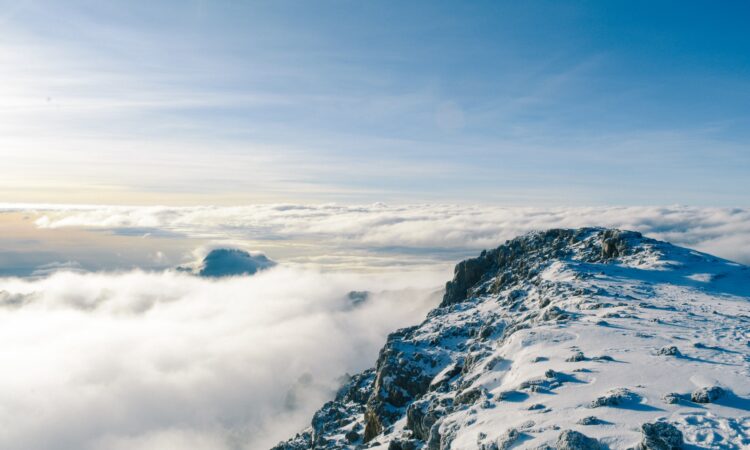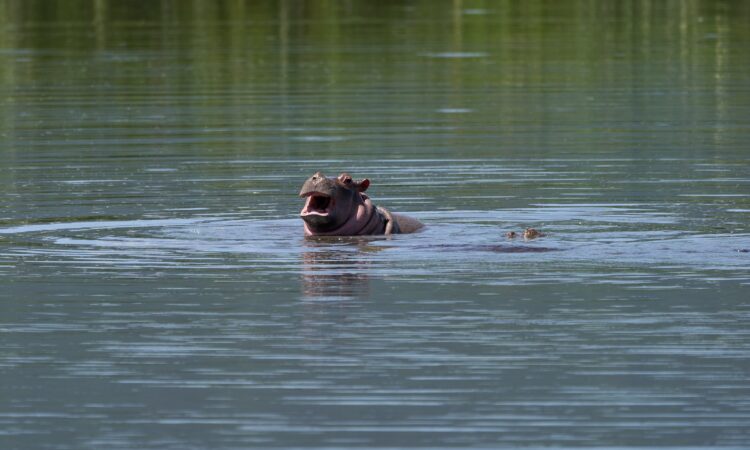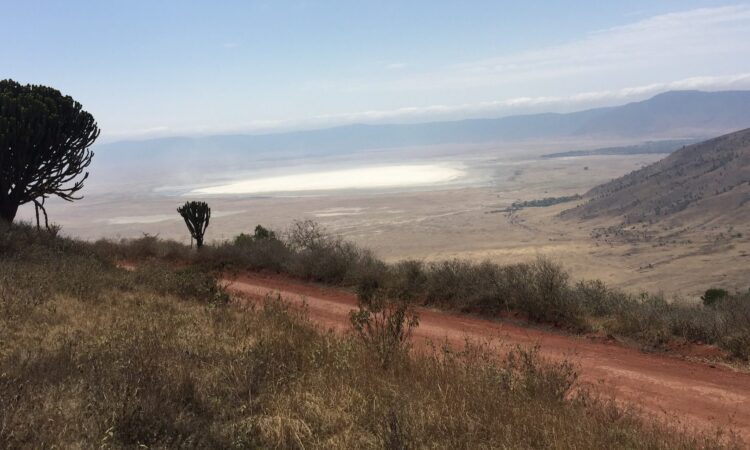You need look no farther than the Ngorongoro conservation area to find one of the most well-known locations in Tanzania and all of Africa. Due to its exceptional quality, this African spectacle has been recognized as a UNESCO World Heritage Site since 1979 and is included in the list of Africa’s seven wonders. The scenery and vistas in this location are breathtaking, drawing tourists in.
Besides the Crater and the site with the oldest remains, there are many other attractions. The Ngorongoro conservation area boosts of about 25,000 species of animals. In the rainy seasons, there will be over 1.7 million wildebeests the will migrate into the ndutu plains for calving. There are about 470,000 gazelles and over 260,000 zebras that will also go into calving during this same season and area.
The Ngorongoro conservation area is not limited to just the Ngorongoro crater. There are very many other attractions in the area. The park covers an area of about 8,292 Square Kilometers. This vast land will give you a lot when you come to explore. Some of the other attractions to expect here Olduvai gorge. Some people call this the “Cradle of Humankind”. Paleoanthropologists Louis Leakey and his wife Mary Leaky in the 1950s discovered the oldest human remains at this site.
The Ngorongoro conservation area will give you a chance to see the endangered black rhinos and the Giant African tusked Elephant. The area also has the wild cats of Africa that include: Lions, Cheetahs, Leopards, Caracals, Servals, spotted Hyenas, African wild dogs and golden African dogs. There are over 500 bird species recorded in the Ngorongoro conservation area. Some of the special species are ostriches and the Kori bustard. . The cats are attracted here because there are many animals that they can prey on.
Munge waterfalls in the Ngorongoro Conservation Area.
The Munge waterfalls flow a few meters from the top of the rim of the crater to the bottom. The Olmoti crater is one of the craters in the Ngorongoro conservation area. It stands at an altitude of about 3,088 meter above sea level. The Munge Waterfalls start from this crater and flow down to form the Munge River.
Best time to visit.
This is a place you may visit year-round. It is recommended, therefore, that you do a safari here in the dry months. December through February and mid-June through September are the dry months. Even though these are dry months, it can rain at any time because this is a tropical region. October through November and March through mid-June are the rainy seasons. Even during the rainy months, you can still go. This is not to say that it always rains all week during the rainy months.
Visit Ngorongoro Crater in Tanzania with these reputable Tanzania safari companies or reach out to us below to book your Tanzania safari holiday directly through this Ngorongoro website.












